Electrical Engineering
Thinking outside the box in flood control
Floating paper cubes containing low-cost, inkjet printed electronic sensors can wirelessly monitor floods in real time.
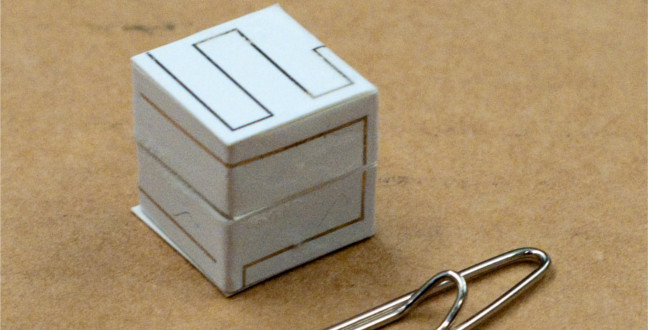
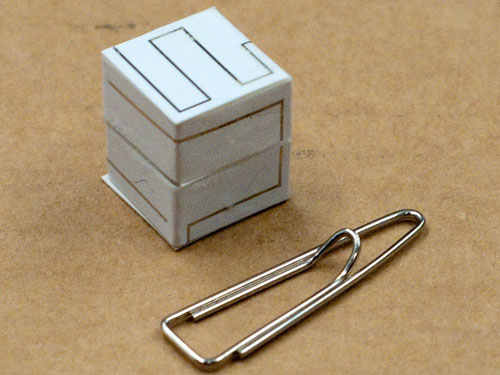
Miniature paper cube sensors that travel with floodwaters may act as inexpensive early-warning signals against natural disasters.
© IEEE
A sensor developed by KAUST researchers can help mitigate the impact of flash floods by monitoring the direction and speed of incoming floodwater. These inexpensive, paper-based devices are designed to float along with flowing water and emit early warning signals for population centers to evacuate1.
Existing flood detection systems rely on fixed sensors, such as water level monitors or satellite imagery, to notify vulnerable locations. But these methods are expensive and only feasible for scrutinizing existing flood plains. Wide-scale monitoring, especially in remote environments, are particularly hard to implement. Many flood prone places are least able to invest in expensive technology.
One solution is to use disposable mobile sensors that detect water movement by drifting along with the flood, and radio signals back to fixed network nodes. These nodes then relay this information to a central network station for processing. However, most existing sensor materials are too costly for throwaway applications.
Muhammad Farooqui, under the guidance of Assistant Professor of Electrical Engineering Atif Shamim, turned to paper-based electronics for a more disposable solution. “Paper is one of the cheapest materials known and costs around a tenth of plastics,” says Farooqui. “Immersing paper-based electronics in water is challenging, however, because liquid can easily seep through and damage the circuits.”
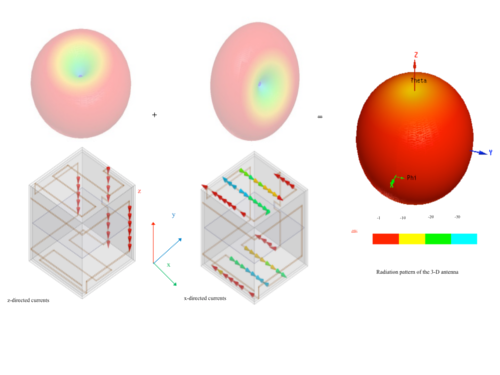
The circuits are printed on the different faces of the cube, allowing it to radiate in different directions
© IEEE
The researchers used a novel integration strategy to produce low-cost, buoyant flood sensors. First, they put a simple wireless transmitter silicon chip onto a paper substrate using an inkjet printed circuit. Then they printed a three-dimensional (3D) antenna pattern onto the exterior of photo paper using an ink made up of silver nanoparticles. The team folded the antenna-printed paper, origami-style, into a paperclip-sized waterproof cube that enclosed the chip and a small battery (see image). To protect the sensor from water, they applied a thick coating of glue.
If a cube structure has radiating elements on most of its faces, the radiation is expected to be near isotropic provided each face radiates equally and in phase with the others
Farooqui says the key to success lay in designing an antenna which, with a dipole on each cube face, can radiate equally in all directions. “This isometric radiation is important because there is no way to control the sensors’ orientations as they move along with the flood waters.”
“We had to optimize the antenna design and use creative packaging to get paper based electronics to perform in air and also water,” he says. Field tests revealed that the lightweight paper cubes, which weigh less than 2 grams, could even function when half-immersed in water up to 50 meters from a network node.
This device provides a practical disaster response strategy as well as demonstrating a novel application in inkjet-printed, paper-based 3D electronics.
References
- Farooqui, M. F., Claudel, C. & Shamim, A. An inkjet-printed buoyant 3-D Lagrangian sensor for real-time flood monitoring. IEEE Transactions on Antennas and Propagation 62, 3354–3359 (2014).| article
You might also like

Bioengineering
Sensing stress to keep plants safe

Computer Science
Sweat-sniffing sensor could make workouts smarter

Electrical Engineering
New tech detects dehydration by touching a screen

Electrical Engineering
A new interface for efficient electronics

Electrical Engineering
Artificial neurons enable neuromorphic computing with light

Electrical Engineering
Narrow-linewidth lasers bring low-noise answer
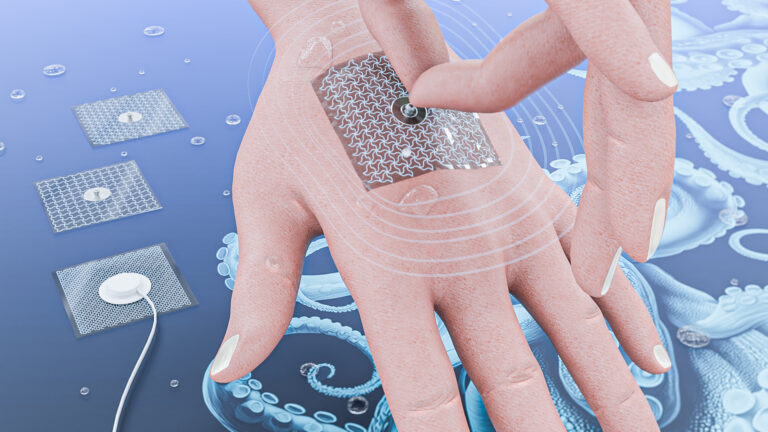
Electrical Engineering
Octopus suckers inspire sticky medical patch
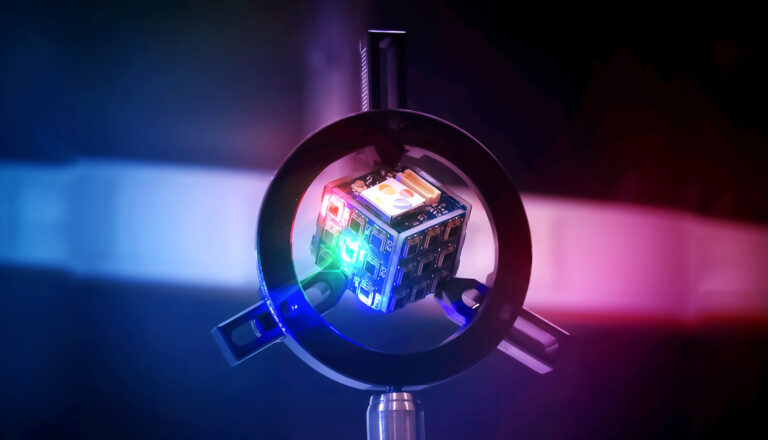
Electrical Engineering



